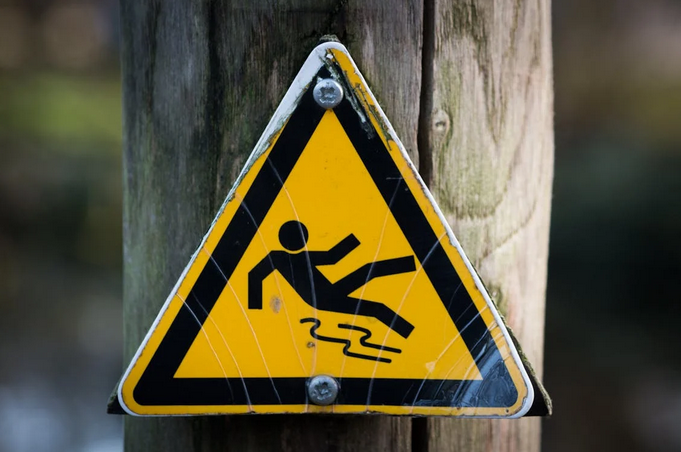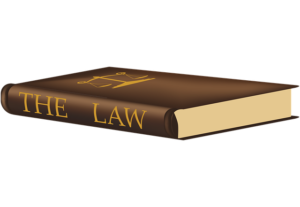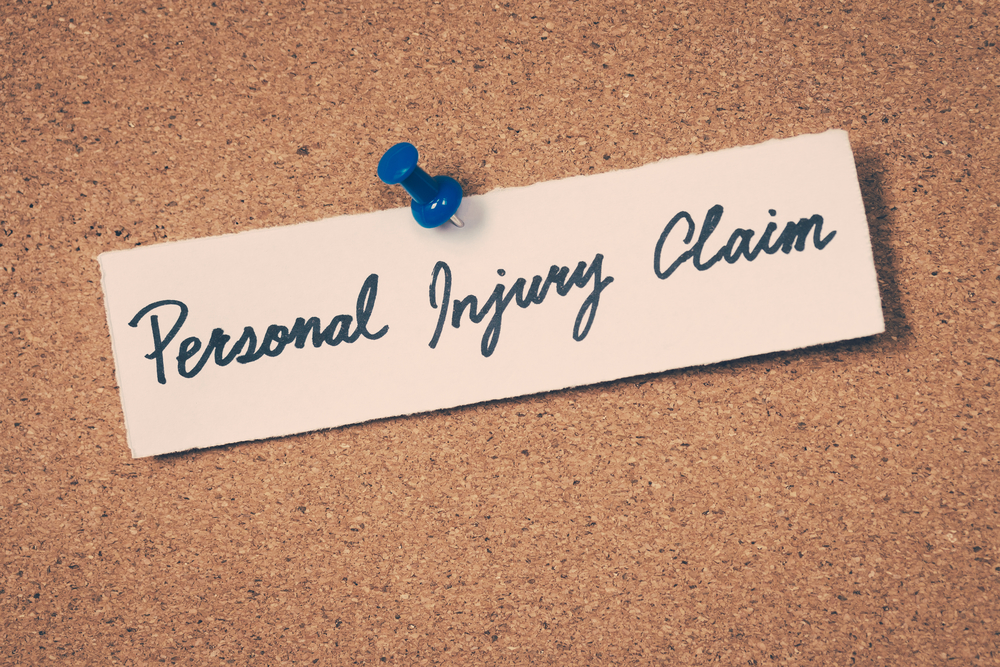When life takes an unexpected turn, and you’re faced with a personal injury due to someone else’s actions—or lack thereof—it can feel overwhelming. Navigating the complexities of proving negligence might seem daunting at first glance. However, understanding how to establish negligence in a personal injury lawsuit is crucial for getting the justice you deserve. Negligence isn’t just a legal term; it’s about accountability. It involves showing that another party failed in their duty, leading directly to your injuries. This blog will break down the essential elements you’ll need to consider when building your case, empowering you with knowledge as you seek compensation for your suffering.
Duty of Care
Duty of care is a foundational principle in personal injury law. It refers to the obligation individuals have to avoid actions that could foreseeably harm others. This duty exists in various contexts, from drivers on the road to medical professionals treating patients. For instance, when you drive a vehicle, you’re expected to adhere to traffic laws and operate your car safely. Similarly, doctors must provide competent care according to established medical standards. Establishing a duty of care involves demonstrating that a relationship exists between the parties involved. If someone’s actions fall short of expected behavior within that relationship, they may be held liable for any resulting injuries.
Breach of Duty

Breach of duty occurs when someone fails to meet the standard of care expected in a given situation. This is crucial in personal injury cases. Consider a driver who runs a red light. Their actions demonstrate a disregard for traffic laws, endangering others on the road. That negligence can lead to serious consequences. The key question is whether the individual acted as a reasonable person would have under similar circumstances. If their behavior falls short of that standard, it becomes easier to establish a breach of duty.
Causation
Causation is a critical element in proving negligence. It establishes the link between the breach of duty and the injury sustained. Without this connection, even a clear breach won’t hold up in court. To demonstrate causation, plaintiffs often rely on two types: actual cause and proximate cause. Actual cause answers the question, “Did the defendant’s actions directly lead to my injuries?” If you can show that your harm wouldn’t have occurred without their negligence, you’re on solid ground. Proximate cause delves deeper.
Damages

Damages refer to the losses you suffer due to someone else’s negligence. They can be financial, emotional, or physical. In a personal injury lawsuit, you may seek compensatory damages for medical expenses, lost wages, and property damage. These costs often add up quickly after an accident. Non-economic damages also play a vital role. These involve pain and suffering, emotional distress, and loss of enjoyment in life. Quantifying these can be challenging but is essential for a fair settlement.
Proving negligence in a personal injury lawsuit can feel overwhelming. Yet, understanding the fundamental elements is crucial for your case. It’s not just about proving someone did something wrong; it’s about demonstrating how their actions directly led to your injuries. Navigating this process requires diligence and sometimes professional guidance. Understanding these components empowers you as you seek justice and compensation for what you’ve endured.…







 A parenting plan is often the first step in the child custody determination process. This plan outlines how parents will share parental responsibilities and make decisions regarding their child’s upbringing. It involves discussing important aspects such as visitation schedules, education, healthcare, and extracurricular activities. The court encourages both parents to actively participate in creating a parenting plan that works best for their unique situation. It promotes cooperation and collaboration between the parents to ensure that the child’s needs are met effectively. Once both parents have agreed upon a parenting plan, it can be submitted to the court for review and approval.
A parenting plan is often the first step in the child custody determination process. This plan outlines how parents will share parental responsibilities and make decisions regarding their child’s upbringing. It involves discussing important aspects such as visitation schedules, education, healthcare, and extracurricular activities. The court encourages both parents to actively participate in creating a parenting plan that works best for their unique situation. It promotes cooperation and collaboration between the parents to ensure that the child’s needs are met effectively. Once both parents have agreed upon a parenting plan, it can be submitted to the court for review and approval.

 The first thing you need to consider is your career goals. Do you want to be a lawyer? If so, then law school is probably the right decision for you.
The first thing you need to consider is your career goals. Do you want to be a lawyer? If so, then law school is probably the right decision for you. If you’ve decided that law school is the right decision for you, the next step is choosing the right law school. There are a number of factors to consider when choosing a law school, including location, cost, and curriculum.
If you’ve decided that law school is the right decision for you, the next step is choosing the right law school. There are a number of factors to consider when choosing a law school, including location, cost, and curriculum.




 Reputation
Reputation Affordability
Affordability
 Keeping records can help you in times that you need them. Having a record before an accident can make things easier for you. You should have an exact account of what happened and a list of witnesses, who should all agree with your reasons why the accident occurred.
Keeping records can help you in times that you need them. Having a record before an accident can make things easier for you. You should have an exact account of what happened and a list of witnesses, who should all agree with your reasons why the accident occurred. Hire the Best Compensation Attorney
Hire the Best Compensation Attorney
 The primary rule is that you must deal with attorneys or law firms that have digital track records. If the criminal case you are involved with is a low-level felony, the chances are that you can find your candidate lawyers from the Internet quickly. For example, reckless driving, public intoxication, prostitution, and trespassing are common misdemeanors that any criminal lawyers will handle.
The primary rule is that you must deal with attorneys or law firms that have digital track records. If the criminal case you are involved with is a low-level felony, the chances are that you can find your candidate lawyers from the Internet quickly. For example, reckless driving, public intoxication, prostitution, and trespassing are common misdemeanors that any criminal lawyers will handle. Getting multiple candidate lawyers for your case is the best strategy for you to make the wisest legal decision. You can compare their methods, prices, and attitudes first. You will also know things about each lawyer that are not written on any webs or press releases.
Getting multiple candidate lawyers for your case is the best strategy for you to make the wisest legal decision. You can compare their methods, prices, and attitudes first. You will also know things about each lawyer that are not written on any webs or press releases.






 Regardless of whether the client is innocent or guilty of the charge that he is being accused of, a good criminal lawyer will ensure that the constitutional rights of his client are protected.
Regardless of whether the client is innocent or guilty of the charge that he is being accused of, a good criminal lawyer will ensure that the constitutional rights of his client are protected. A good criminal lawyer is one that does not care whether the client committed the crime or not. Since the client pays him, his responsibility is not to condemn and pass judgment on the client but to prove his innocence before the jurists and the judges.
A good criminal lawyer is one that does not care whether the client committed the crime or not. Since the client pays him, his responsibility is not to condemn and pass judgment on the client but to prove his innocence before the jurists and the judges.
 The primary role of the immigration lawyers is to act as the advisors or counselors to foreign citizens and immigrants who have to interact with the immigration department of the country in question.
The primary role of the immigration lawyers is to act as the advisors or counselors to foreign citizens and immigrants who have to interact with the immigration department of the country in question.